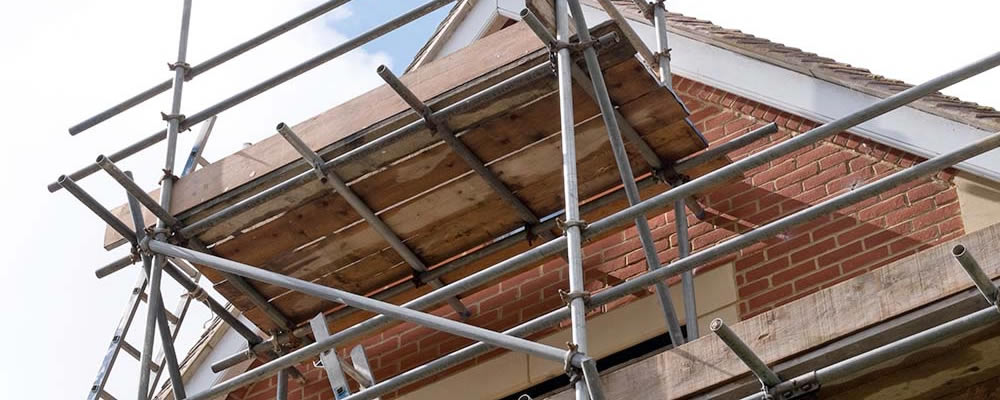
The Distinctions Between Commercial and Domestic Scaffolding
Scaffolding plays an indispensable role in ensuring the safety and efficiency of projects that require working at heights. While scaffolding might appear uniform from a distance, there are crucial distinctions between commercial and domestic scaffolding that are essential for each project’s success.
In this blog, we’ll explore the key differences between these two categories, shedding light on their unique features, requirements and applications.
Scale and Size:
The most apparent difference between commercial and domestic scaffolding is the scale of the projects they serve.
Commercial scaffolding is designed to support large-scale construction, renovation and maintenance work. Commercial scaffolding structures are huge, often reaching great heights and spanning substantial areas.
In contrast, domestic scaffolding caters to residential and small-scale projects, where the structures are comparatively smaller and less complex.
Commercial scaffolding can include specialist features, such as birdcage, cantilever or suspended scaffolding, tailored to meet the specific needs of high-rise buildings, industrial sites or large construction projects.
In contract, domestic scaffolding, on the other hand, will likely be less complex as it is designed to address simpler requirements, like home renovations, exterior painting or roofing repairs.
Load-Bearing Capacity:
The load-bearing capacity of scaffolding varies greatly between commercial and domestic projects.
Commercial scaffolding systems are engineered to bear significantly heavier loads due to the demands of larger construction projects, heavy machinery and the transportation of materials and equipment. Safety is paramount in these settings and hence the scaffolding needs to be sufficiently strong enough to hold a workforce and their tools.
Whilst safety is still paramount, with domestic scaffolding the structure is constructed to bear lighter loads. This is more suitable for the requirements of residential projects, which often involve lighter tools and materials, as well as fewer workers.
Materials and Design:
The choice of materials and design also sets commercial and domestic scaffolding apart.
Commercial scaffolding is often constructed from heavy-duty steel or aluminium to offer optimal durability and stability. These structures need to withstand harsh weather conditions, high winds, and the rigours of heavy industrial use. Furthermore, the design of commercial scaffolding is intricate, with specific considerations for safety, stability and adaptability, to suit different project requirements.
Domestic scaffolding, on the other hand, typically employs lighter materials, such as aluminium or wooden components, which make assembly and disassembly more manageable for smaller projects. The design is usually simpler, with a focus on practicality, ease of use and cost-effectiveness for homeowners and smaller contractors.
Conclusion
In the world of construction and maintenance, scaffolding serves as the backbone of any project that involves working at heights.
Understanding the differences between commercial and domestic scaffolding is crucial for selecting the right system for your specific project needs. Whether you’re constructing a skyscraper or renovating your home, scaffolding needs to be specifically tailored to the requirements of your work.
When you get in touch with A-fix scaffolding we will be able to recommend the perfect scaffolding solution for your job.

